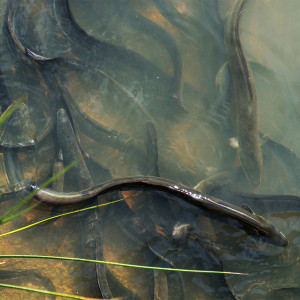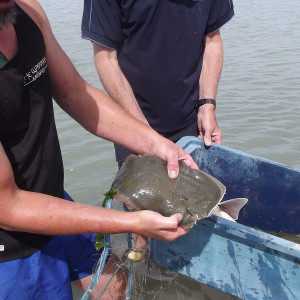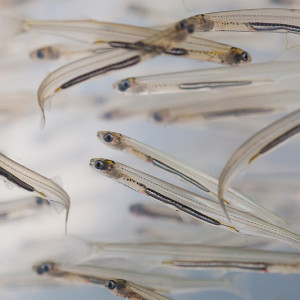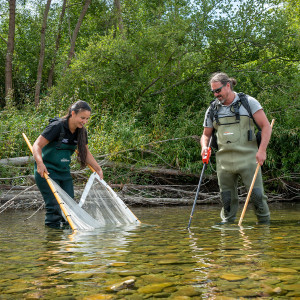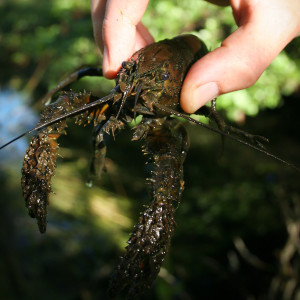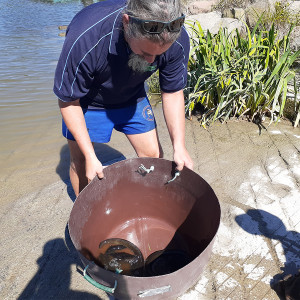Mahinga kai
Mahinga kai is the customary gathering of food and natural materials by mana whenua. It includes the places where these resources are gathered and is central to the Ngāi Tahu way of life in Canterbury/Waitaha.
Issue: The loss of indigenous biodiversity and habitat for mahinga kai species due to inappropriate use and development on land and near waterbodies is putting mahinga kai at risk.
Mahinga kai refers to the entire resource chain, from the mountain top to the ocean floor and encompasses social and educational elements (for example, the intergenerational transfer of knowledge/mātauranga) as well as the process of food gathering.
There are a number of mahinga kai-related elements in the Ngāi Tahu Claims Settlement Act (1998), including nohoanga (seasonal occupation sites), taonga (treasure) species and customary fisheries management. There are many other traditional mahinga kai sites not included in the legislation.
The loss of indigenous biodiversity and habitat because of land use activities and inappropriate development has repercussions for mahinga kai and social and familial connections through indigenous displacement and impediment of traditional practices and mātauranga exchange.
Many taonga mahinga kai species are now declining and some can no longer be found in historic locations. Protection of habitats across terrestrial, marine and freshwater environments will help to protect mahinga kai species.

